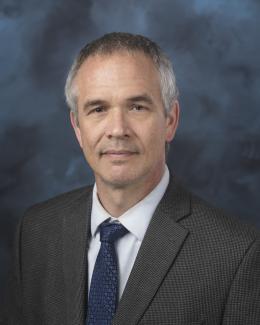Abstract
Cell-free protein synthesis is an important tool for studying gene expression and harnessing it for applications. In cells, gene expression is regulated in part by the spatial organization of transcription and translation. Unfortunately, current cell-free approaches are unable to control the organization of molecular components needed for gene expression, which limits the ability to probe and utilize its effects. Here, we show, using complementary computational and experimental approaches, that macromolecular crowding can be used to control the spatial organization and translational efficiency of gene expression in cell-sized vesicles. Computer simulations and imaging experiments reveal that, as crowding is increased, DNA plasmids become localized at the inner surface of vesicles. Ribosomes, in contrast, remain uniformly distributed, demonstrating that crowding can be used to differentially organize components of gene expression. We further carried out cell-free protein synthesis reactions in cell-sized vesicles and quantified mRNA and protein abundance. At sufficiently high levels of crowding, we observed localization of mRNA near vesicle surfaces, a decrease in translational efficiency and protein abundance, and anomalous scaling of protein abundance as a function of vesicle size. These results are consistent with high levels of crowding causing altered spatial organization and slower diffusion. Our work demonstrates a straightforward way to control the organization of gene expression in cell-sized vesicles and provides insight into the spatial regulation of gene expression in cells.


